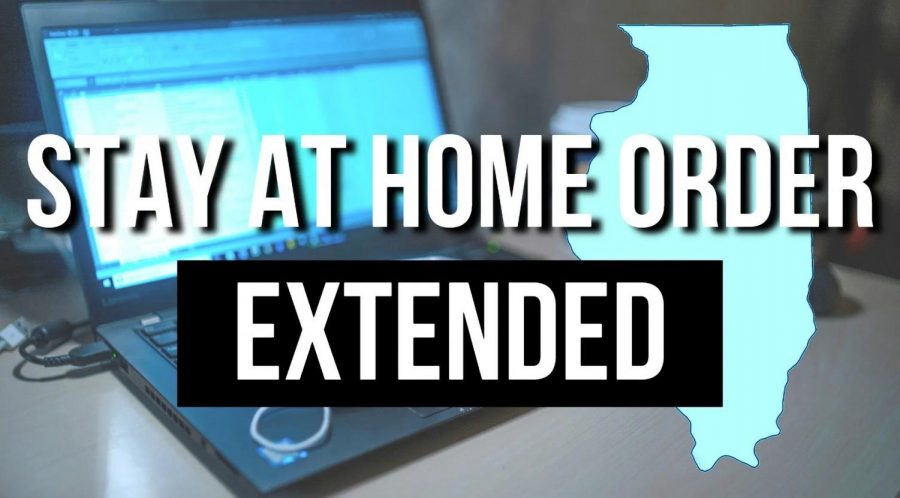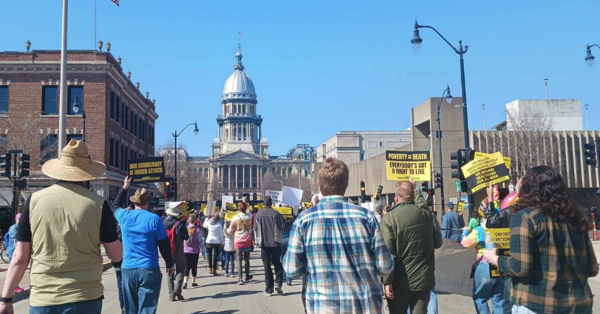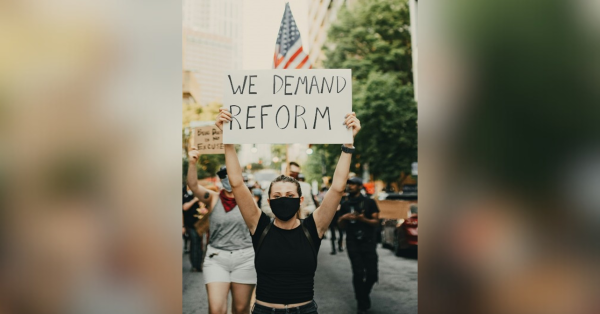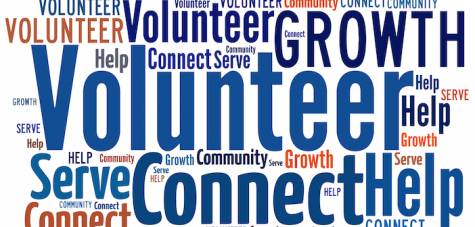“Stay-at-Home-Order”: What & Why?
On Friday, March 20, Illinois Gov. J.B. Pritzker announced a statewide shelter-in-place order taking effect from March 21 to April 7. Here’s what the legislation contains and why it’s necessary:
The executive order states that any gatherings larger than 10 people and anything that violates social distancing measures outside the home – such as keeping at least 6 feet away from other people – is prohibited.
Leaving one’s residential area is only permitted for essential reasons, such as emergency and medical needs, necessary supplies and services, outdoor activities that comply with social distancing, to work at a necessary job and to care for other people.
All non-essential businesses and operations have been ordered to close, and essential services must be maintained at “Minimum Basic Operations.”
Essential businesses are those that pertain to health, human services (such as shelters and rehabilitation centers), food that can be consumed off-premises, transportation, infrastructure (such as construction), emergencies, child welfare, military, law enforcement, groceries and medicine, charities, automobiles, hardware, finances, engineering, mail delivery, education, realty, insurance, supply chains, funeral services, and lodging.
ALL travel is prohibited except if absolutely necessary and compliant with this executive order, including by car, train or bicycle.
A shelter-in-place mandate is necessary because the United States has already surpassed China, Italy, Spain, Iran and all other countries in the world in its numbers of cases. As of March 26, at least 81,321 people have been infected, and at least 1,000 have died. These numbers could be much, much higher based on the difficulties associated with getting tested and likelihood that most cases are mild enough to stay under the radar.
Copious grave mistakes were made before this virus became a pandemic, such as unhygienic missteps when repatriating and quarantining U.S. citizens that were on the Diamond Princess ship and testing failures on a nationwide scale.
If sustained, draconian actions are not taken and enforced immediately, COVID-19 will do significantly worse damage than it should – meaning millions of infections, thousands of preventable deaths and multiple more months of ubiquitous community spread.
“Flattening the curve,” or controlling the spread of the novel coronavirus in order to buy hospitals time for aggregating sufficient supplies and protective equipment, can save thousands of lives and mitigate the devastation caused by the current pandemic. The fate of the entire country for the next six months, including the number of graves that will have to be dug, depends on the average person’s behavior from this point forward. The sooner people abide by lockdown protocols, the sooner things can get back to normal.


















